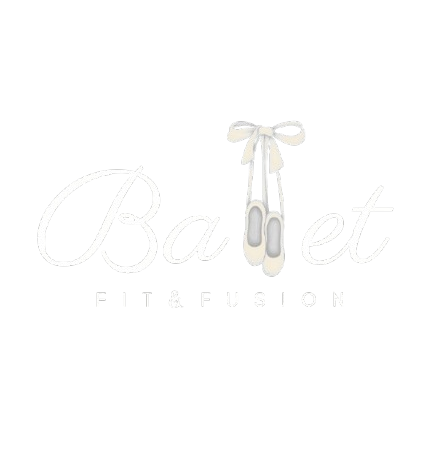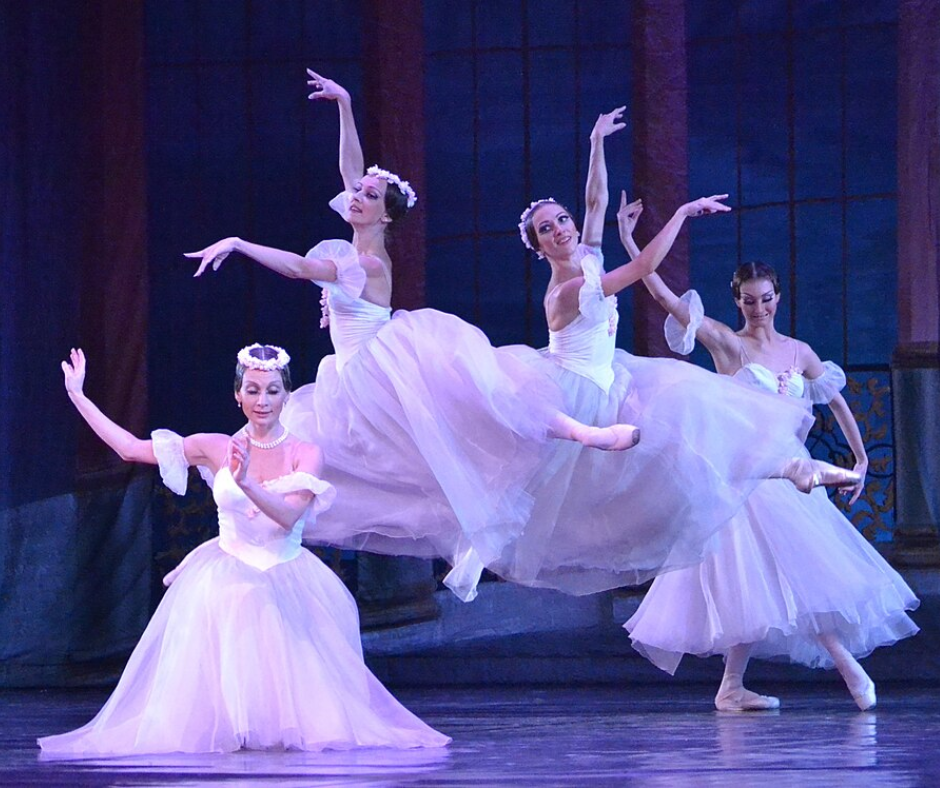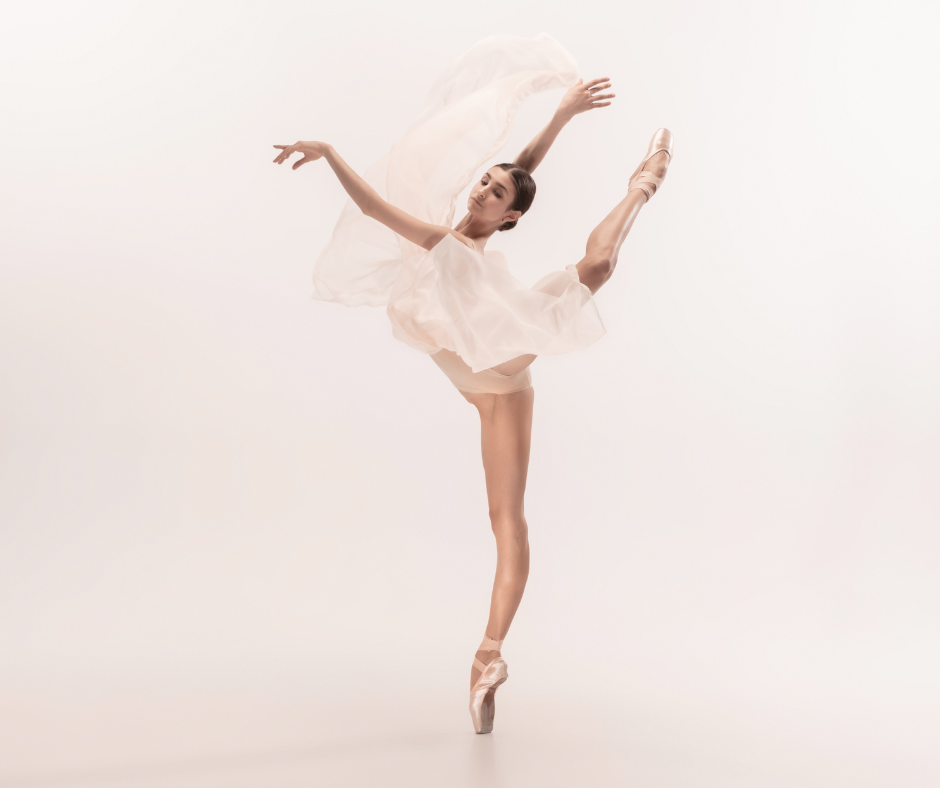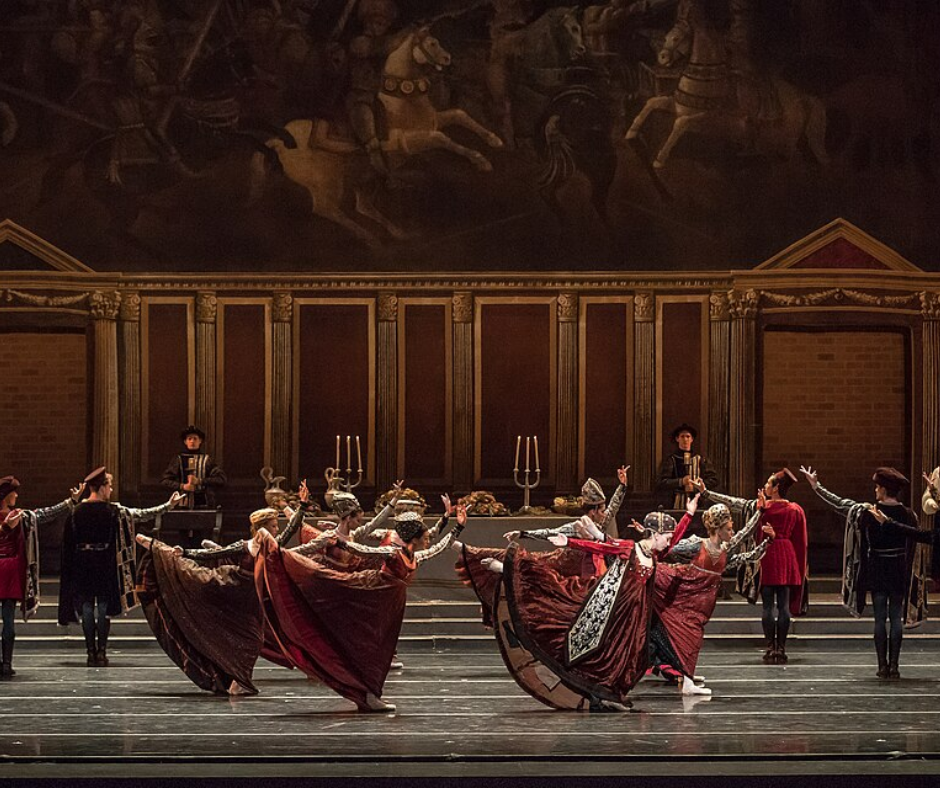My journey with Russian ballet
When people ask me why Russian ballet is considered the best, I always smile, because it’s not an easy answer. It’s a mix of history, culture, insane dedication, and this almost magical attention to detail. I personally finished my studies in Russia and became the first Albanian ballerina to perform with the Russian State Ballet and the Bolshoi Theatre. So, now let me take you on a little journey into this world.
Where it all began?
Believe it or not, ballet in Russia goes back to 1673. But things really took off in 1738, when the Imperial Ballet School (what’s now the Vaganova Academy) opened its doors in St. Petersburg. That school changed everything. It didn’t just teach steps, it created a system for building dancers.

Fast-forward a few centuries and ballet isn’t just an art form in Russia, it’s part of the national identity. People treat it the way others treat opera, cinema or even football. It’s “woven” into the culture.
The Vaganova Method
If you’ve ever wondered why Russian dancers look so strong, graceful, and perfectly balanced, the answer is the Vaganova Method. It’s not just “training” it’s like an entire philosophy. Every single detail has a reason, for example how you hold your arms, the order in which you learn steps, even the kind of music you practice to.
I’ll give you a little example. If you start practicing fondus to the wrong kind of music, years later you might find that your leg movements don’t have the lightness they should. That’s how precise the method is, because it thinks years ahead.

Fondus example
This is why dancers trained in Russia seem to have this mix of strength and artistry that feels… complete.
Training the Russian way
Here’s the thing about ballet in Russia, that it’s serious. It’s not something you just “do after school.” Kids audition, and yes, their physical anatomy is considered arched feet, long lines, flexibility it all plays a role. And once you’re in, the training is strict. Teachers push you hard. The discipline is intense.
It’s not for everyone. Some dancers don’t make it through. But those who do… well, that’s why when you see a Russian-trained ballerina or danseur, you just know. The movement quality, the stage presence, the power they carry that training with them forever.
The legends
Of course, part of what makes Russian ballet shine is the artists it has given us.
Think of Anna Pavlova with her ethereal Dying Swan, or Maya Plisetskaya, who could set the stage on fire with her dramatic power. Or more recent icons like Svetlana Zakharova, whose lines are so otherworldly, it feels like she’s made of something other than flesh and bone.

They’re not just dancers. They’re storytellers, athletes and artists. All rolled into one!
How it stands out?
Different countries have different flavors of ballet:
- In England, there’s a big focus on storytelling and emotional subtlety.
- In America, thanks to Balanchine, it’s often about speed, sharpness, and musicality.
- In Russia? They want it all. The drama, the technique, the physicality, the artistry, it’s basically the full package.
That’s why Russian ballet feels so grand, so expansive. It’s demanding, but that’s what makes it breathtaking.
Why Russian ballet is the best?
For me, it comes down to three things:
- The Method, that carefully crafted Vaganova training system.
- The Culture, while ballet is respected, celebrated, and supported.
- The Dancers, a blend of natural talent, strict training, and artistic soul.
And maybe a fourth which could be the audience. Russian audiences are some of the most passionate ballet lovers in the world, and that energy feeds the dancers on stage.
A personal note
Standing on stage at the Bolshoi, with its golden balconies and history-soaked air, I felt the weight of centuries of tradition, but also this incredible joy. It wasn’t about being “the best”. It was about being part of something much bigger than myself.

That’s why Russian ballet will always be special. It’s not just a technique or just culture. It’s a living, breathing art form that continues to push the limits of beauty, strength and human expression.
And if you’ve ever seen it live, you know exactly what I mean.



